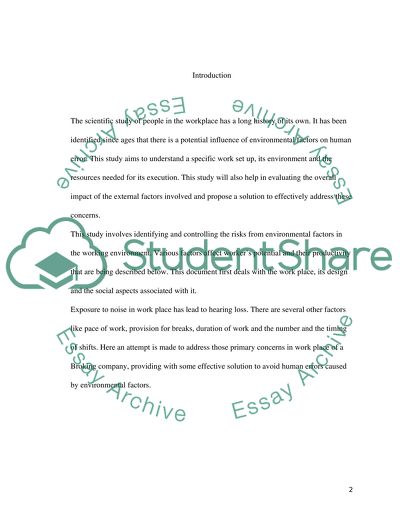Cite this document
(“The Potential Influence of Environmental Factors on Human Error Essay”, n.d.)
Retrieved from https://studentshare.org/family-consumer-science/1416957-the-potential-influence-of-environmental-factors-on-human-error
Retrieved from https://studentshare.org/family-consumer-science/1416957-the-potential-influence-of-environmental-factors-on-human-error
(The Potential Influence of Environmental Factors on Human Error Essay)
https://studentshare.org/family-consumer-science/1416957-the-potential-influence-of-environmental-factors-on-human-error.
https://studentshare.org/family-consumer-science/1416957-the-potential-influence-of-environmental-factors-on-human-error.
“The Potential Influence of Environmental Factors on Human Error Essay”, n.d. https://studentshare.org/family-consumer-science/1416957-the-potential-influence-of-environmental-factors-on-human-error.


